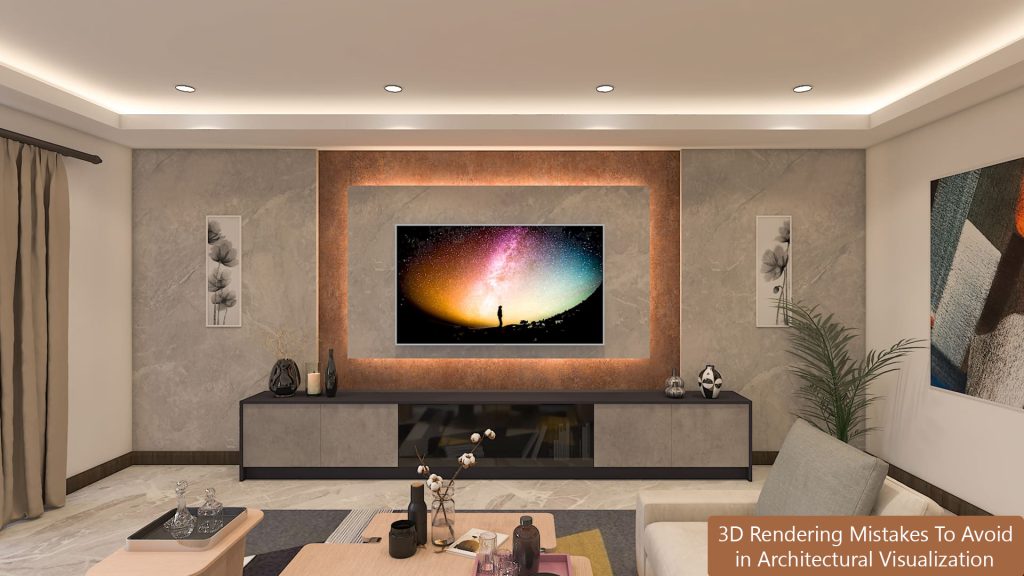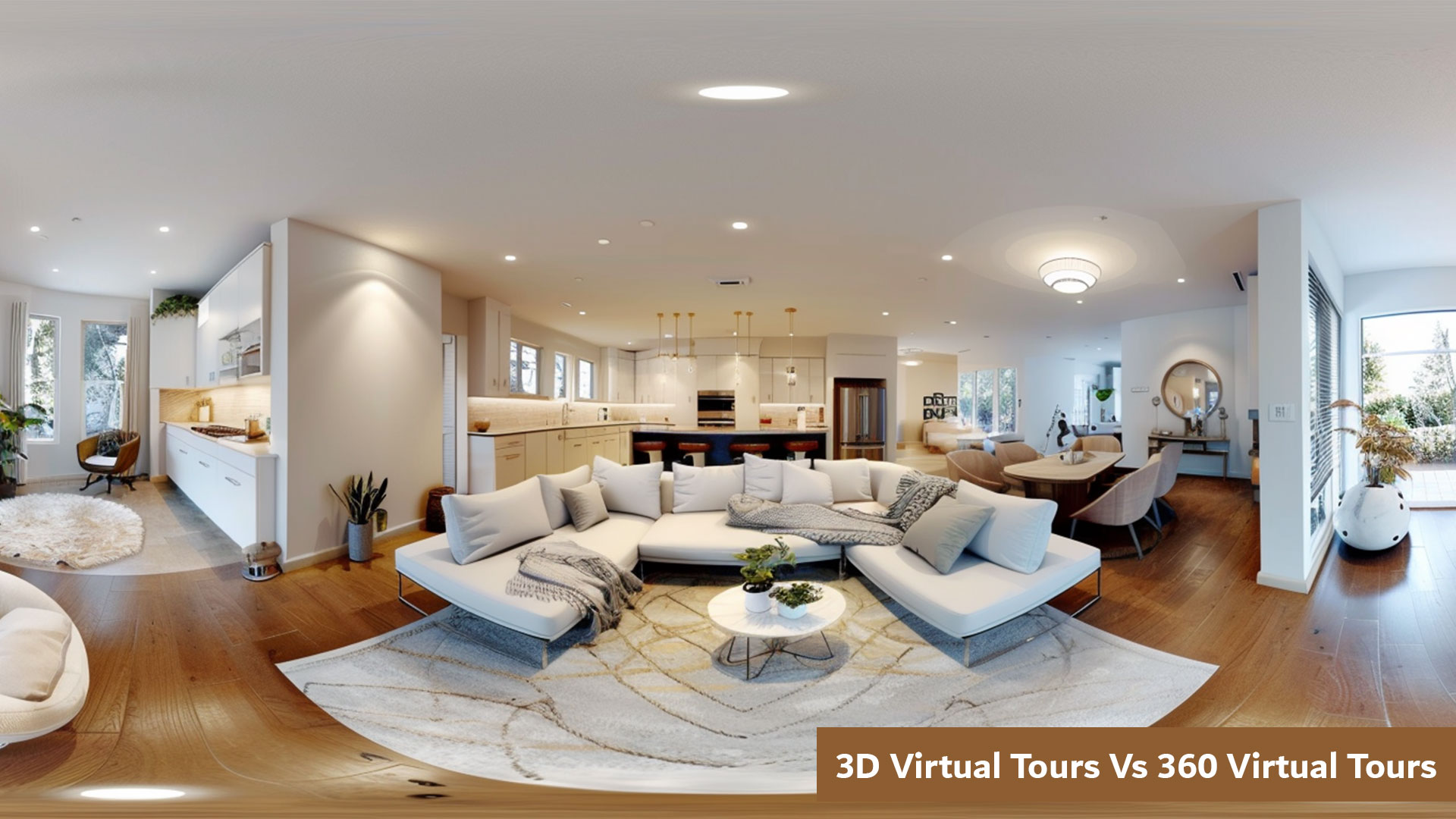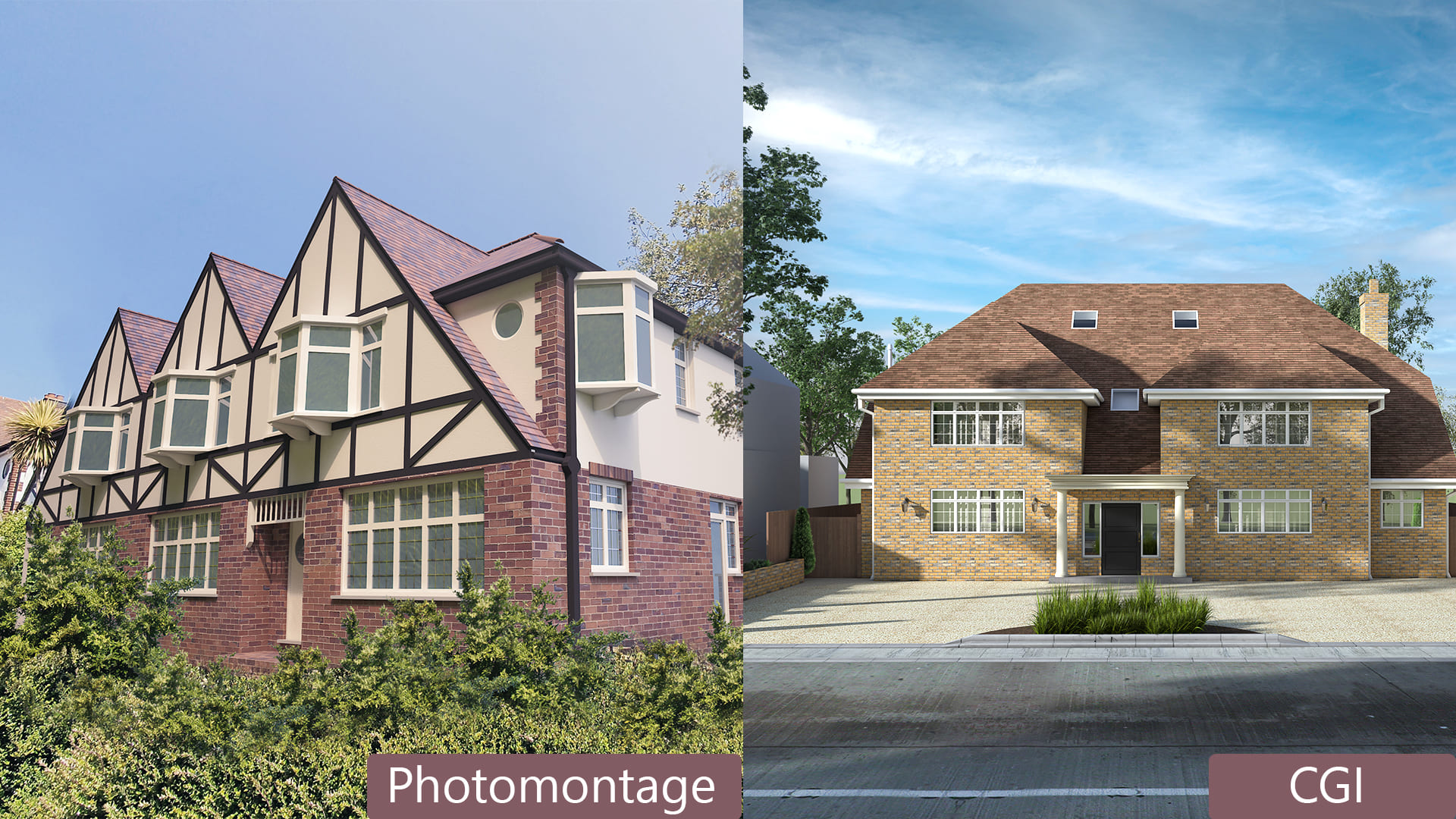Architecture renders showcase photorealistic visualizations from 3d models and images derived from 2d photoshoots and photomontages. This amazing CGI expresses the layout and features of the proposed structure with all details of materials, texture, color, dimension, and surroundings. 3D renderings are the most qualified sample for architects to present the building idea comprehensively to marketers, designers, business owners, and buyers. As the 3D renders deeply impress the stakeholders, it generates huge profits and boosts the margins. However, not all render works the same; some of them fail and cause downfall. 3D visualizers and render experts sometimes miss out on important steps or ignore certain crucial things that bring poor product quality which leads to rendering failure.
Common 3D Rendering Mistakes to Avoid as A Render Expert
As a 3D architectural render expert, there are certain mistakes that you should avoid to ensure high-quality, realistic rendering and accurate output. Some of the common mistakes should avoid for architect visuals include the following:
1. Lack of attention to customer demand and the 3d rendering details – Project failure arises when the irresponsible and inattentive renderer does not listen carefully to what a client wants, and thus the outcome also gets added to the end result details. Therefore, pay attention to the details in the scene, such as small objects or minor imperfections in the environment. These details can make a big difference in the final output.
2. Not involving realistic presentation in CGI renders services – Sometimes rendering lacks putting practical features and overloads the fantasized elements of the Visualization. For instance, adding material that does not exist and surroundings that look too dreamy. The goal of a 3D render is to create a realistic representation of the design. Thus, try not to make the render look too perfect or too polished, as this can make it look unrealistic.
3. Over usage of rendering software features by rendering expert – The over-usage of anything is dangerous. Imagine adding extra intensity, opacity, contrast, layers, etc. This could damage the beauty of the entire CGI model with no effort. Being a professional render team, be wise enough to balance effects and features as it can cause poor quality, unprofessional 3d renderings. Use effects sparingly to create a more natural and realistic look.
4. 3d rendering experts avoid object and people reoccurrence – Putting the same women in the kitchen and the same in the garden is a little mistake to be avoided as a digital designer for renders. Using too-big and too-small characters, where a dog seems larger or of the same size as the man, does not leave a positive impact.
5. Using wrong lighting and inconsistent color in photorealistic visualization drafts – Lighting is vital for creating natural, practical, and realistic 3D render images and visual animations; the product may lack authenticity and sophistication due to poor lighting. Additionally, color consistency plays an important part for 3d rendering companies experts, so ensure to keep the balanced colors and lighting throughout the rendered scene.
6. Not reading CGI and rendering tool guidelines carefully – When 3d model designers skip the entire manual and start making the render right away, they sometimes miss out on the important instructions and features of the rendering software. Especially if you are a beginner or using the CGI software for the first time, make sure to always read as developers added the guidelines for a purpose!
7. Incorrect scaling, dimensions, and poor camera angles in 3d models – Scaling and the object dimensions need to be on point; even a small displacement can make the render look unrealistic and damaged. Make sure to create all entities well-proportioned. Not to mention that the wrong camera angle and height distort the most beautiful buildings by making them look unappealing. Rendering experts near you can experiment with angles till they find the best position.
8. Blurry textures, and details in three-dimensional render images – Another mistake an expert in best render 3d must avoid at any cost is using blurry textures, poor-quality render, and pixelated details. Better to eliminate the idea of adding those than making the CGI look unattractive and bad.
9. Not Communicating 3d model changes and making edits at the initial stages – Many visualization expert teams successfully communicate the changes they want for a render but fail to implement them. Why? Because they never wrote down or highlighted the important details. So, this carelessness comes out when an architect 3d design gets complete and brings disappointments. According to the best rendering team in the UK, the mentioned mistakes need to be avoided for high-quality and precise 3d model rendering designs.
The Conclusion
Always keep in mind the client’s expectations, project quality, rendering company reputation, and your skillset while making the optimal and practical drafts for photorealistic Visualization. As an engineer, architect, 3d renderer, 3d rendering architecture visualizer and marketer, never let these errors surround the rendering process. It is always better to hire an expert to render services near you.
Talking of Renderspoint, the leading architectural rendering experts in the UK, a well-repudiated company for 3d projects, have been delivering superior quality renders for over a decade. Streamline your growth with the best rendering experts in the area. Contact the team now and avail FREE Quotation and excellent consultation.








